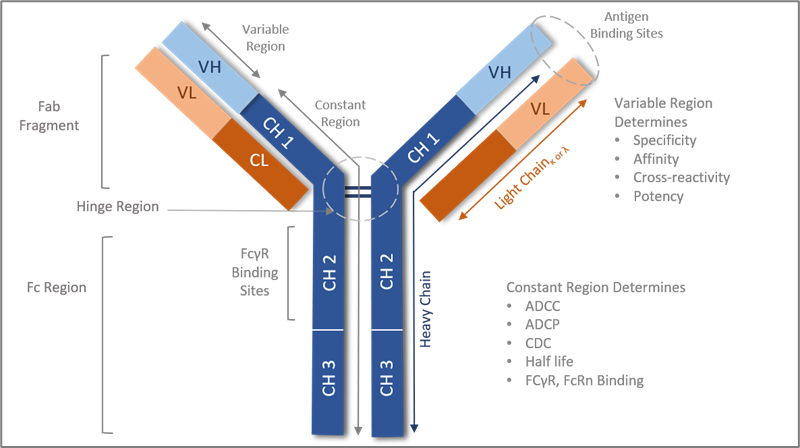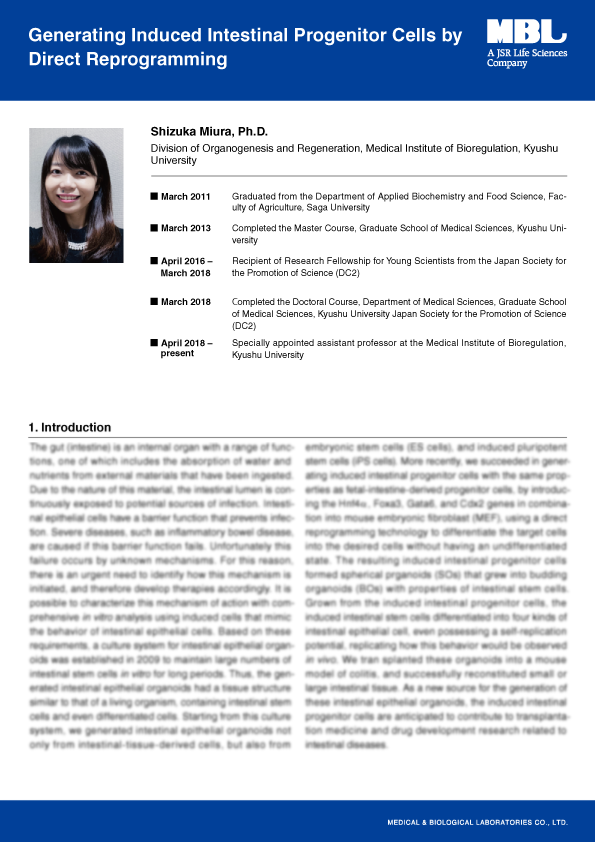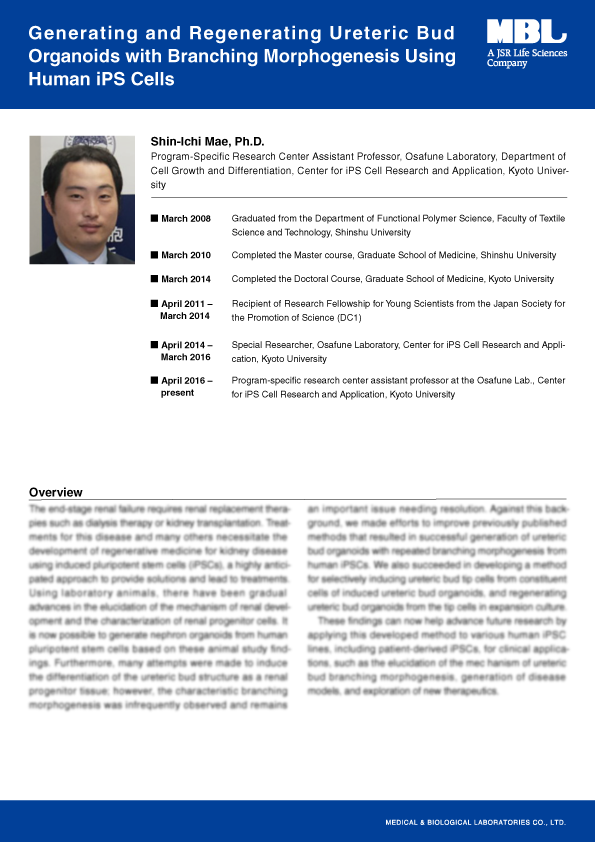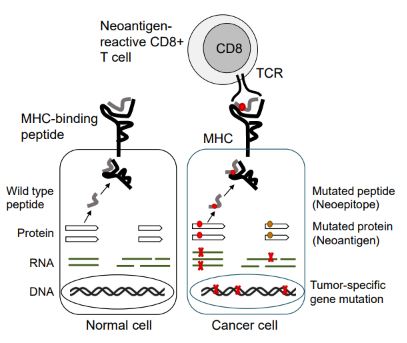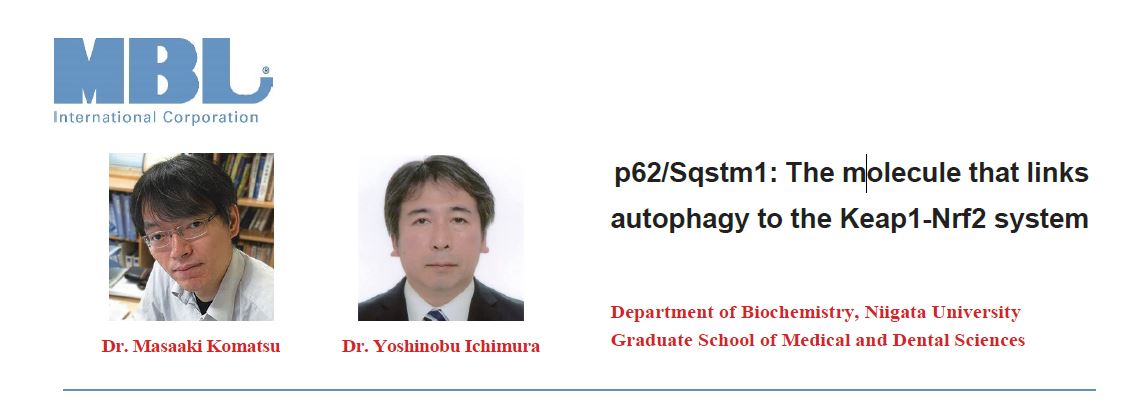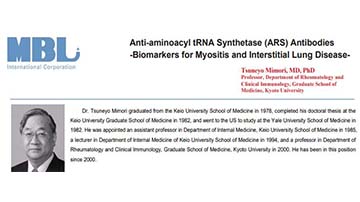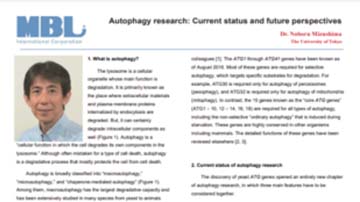Scientific Reports
Browse our library of Scientific Reports. Our White Papers focus on different life science research topics and applications. While Application Notes provide technical content and information to effectively assist you in the lab.
White Paper
White Paper: IL-18-Biomarker and Potential Therapeutic Target
This white paper summarizes some of the properties of IL-18 and its pathological role in different diseases and outlines therapies that target IL-18 activation and inhibition in different inflammatory diseases.
TECHNICAL NOTE
Technical Note: MHC-Peptide Exchange Technology Explained
Finding the right peptide and MHC combination doesn’t need to be daunting! Discover quick and easy MHC-peptide exchange technologies and quantitate the binding...
APPLICATION NOTE
Application Note: MHC Tetramer Staining with Various Human CD8 Clones
We compared the effects of 10 different anti-CD8 antibody clones with MBL’s MHC tetramer staining...
APPLICATION NOTE
Application Note: Basic Tips For Tetramer Staining
MHC Tetramer Guided Staining of peptide-specific CD8+ T cells in Peripheral Mononuclear Cells (PBMC) in a 96-well plate format, a practical note...
White Papers
White Paper: The Importance of Using an Isotype Control
Isotype controls are essential tools in a range of in vivo efficacy and immunoassays and are appropriate negative controls for accurate measurement of
White Papers
White Paper: Generating and Regenerating Ureteric Bud Organoids with Branching Morphogenesis Using Human iPS Cells
White Papers
White Paper: Analysis of neoantigen-reactive T cells using the QuickSwitch™ custom tetramer kit
White Papers
White Paper: Role of the autophagy regulator Rubicon in the pathogenesis of fatty liver disease.
In 2016, Dr. Tanaka, Dr. Yoshimori, and their colleagues clarified that increased expression of Rubicon in liver causes fatty liver. This was the first report to demonstrate
White Papers
White Paper: Autophagy Research: Current Status and Future Perspectives
This white paper, authored by Dr. Noboru Mizushima of the University of Tokyo, describes the current state of autophagy research and future areas of




